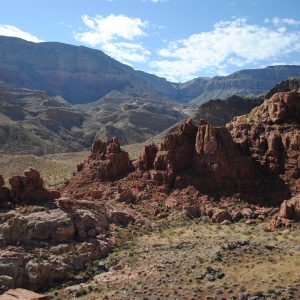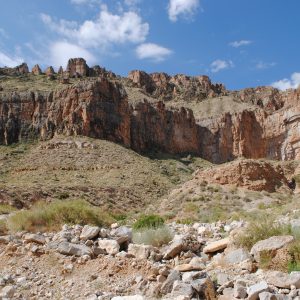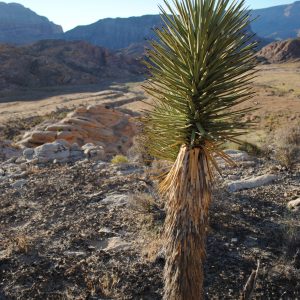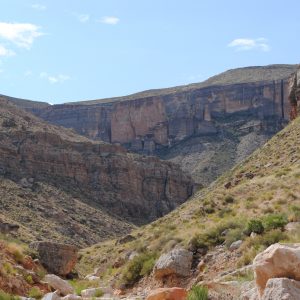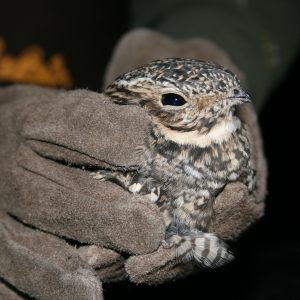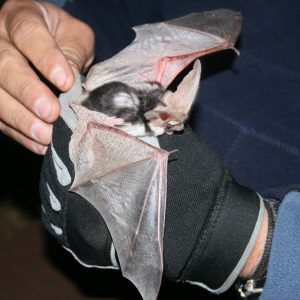I am in the final days of my internship as well as my time in the Arizona desert. Things have really begun to change around here, and it makes me a little sad to be leaving. The desert autumn brings the most wonderful weather shift–finally seeing frost on the sagebrush in the early dawn light, seeing my breath, wearing a sweater for most of the day, and actually wanting to be outside after 3pm–these things are all new to me here. The summer heat was so miserable I thought it would never end. Even in late September and early October it continued to break 100 degrees on a regular basis. Then suddenly something happened; we had an early autumn storm–something not very common around here–which brought rain for several days, the most spectacular lightning I’ve ever seen, and very muddy roads. Then it was cool. And that it has stayed. I can now say that it is absolutely perfect hiking weather, but I’m leaving!
The desert isn’t for everybody. I certainly don’t think it’s for me. I’m used to dark green vegetation surrounding me, and humid air, and streams, and sweaters in July. But it has left a certain something in me, something new, maybe an appreciation for the unknown. Never have I seen such vast expanses of territory unoccupied by humans, or really anything else for that matter. Being alone in the desert is like being in space. It’s quiet and still, like a vacuum. But then suddenly you develop an eye for movement… And then you see ground squirrels flashing their white tails at you, and giant grasshoppers, and tiny sparrows flitting between bushes, or the distant Zeeee of a towhee or the laugh of a pinyon jay. During my work surveying Mexican spotted owl potential habitat, I’ve probably stood in places no other human has been. I can appreciate that.
In the last few weeks I’ve checked a few more off of my desert animals checklist, including a tarantula, an owl (probably a short-eared or long-eared), a desert tortoise, and even a baby bighorn sheep!!! I never did and likely never will catch a glimpse of the elusive Mexican spotted owl. But I would like to think that through my work here, I’ve indirectly helped him out somehow. Without having done this internship I never would have gotten to do so many things, and it’s been hard work, but such a unique experience! I’ve thoroughly expanded the skill set to put on my resume, including things like ArcGIS Training, navigation skills, mist netting and banding, construction monitoring, backcountry hiking, bat identification, spotted owl biology and habitat classification, writing reports, learning desert plants, and driving a beast of a truck. So it’s been worthwhile! I leave here with a sense of accomplishment and a wonder at where this will take me next. So, here’s to the UNKNOWN! Woooooooo!!!
Laurel Mundy
BLM Arizona Strip District Office

